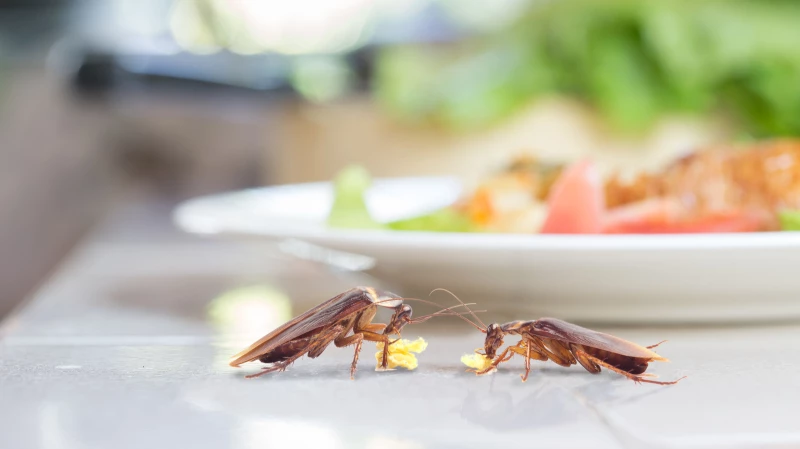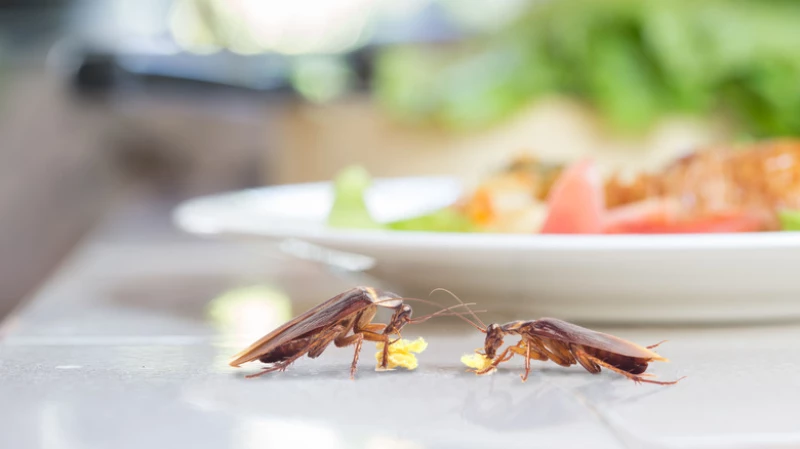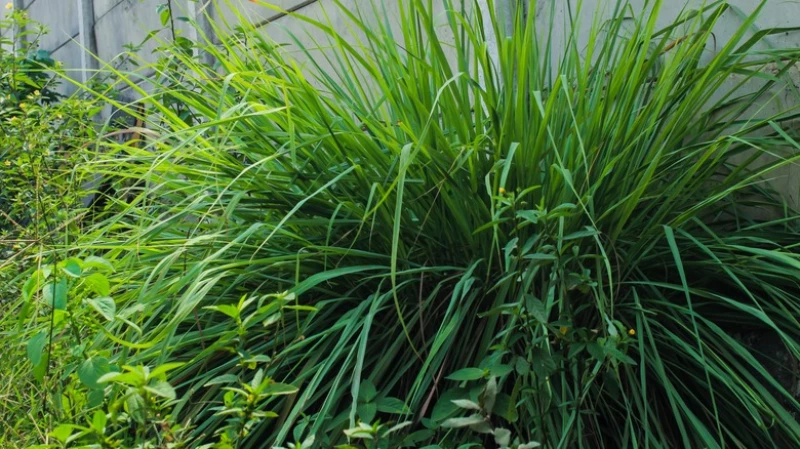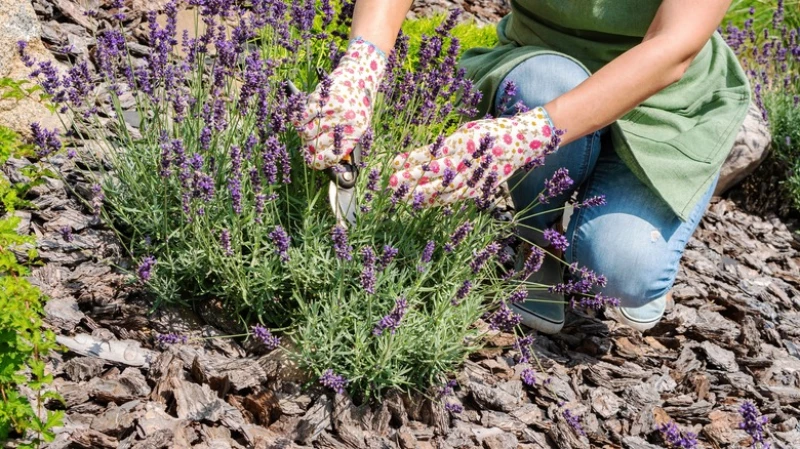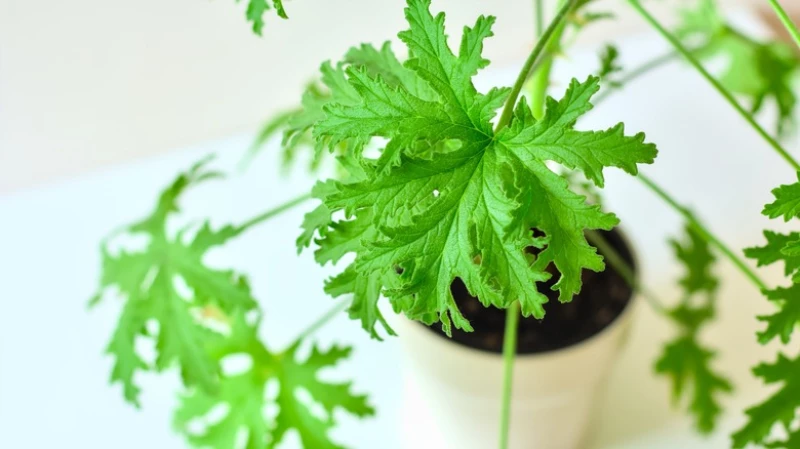Having a roach infestation in your home can be a nightmare. However, instead of resorting to harsh pesticides that may be harmful to your family and pets, there is a natural solution. By keeping fragrant plants around your home, you can repel these unwanted pests.
Roaches are carriers of dangerous pathogens, including salmonella and streptococcus, which can pose a threat to your health. By preventing them from nesting in your home, you can avoid the spread of these diseases.
Outdoor plants can act as a barrier, preventing roaches from entering your home through cracks and openings. By placing these plants near your foundation, windows, and doors, you create a natural deterrent. Additionally, having indoor greenery can encourage roaches to seek shelter elsewhere, as they prefer a more inviting environment.
In addition to adding certain types of greenery to your home, there are a few steps you can take to help keep roaches away. These insects thrive in a space with ample sources of food. By keeping sinks, countertops, trash cans, and food storage areas clean, you can deprive roaches of easy access to food. Outdoors, keep wood piles, compost bins, and other areas with rotting organic materials away from your home. This will lead them away from your house. While you're working to repel repugnant roaches from your home, consider adding some of these plants that make beautiful additions to your indoor and outdoor spaces while offering scents that repel roaches.
Lemongrass
Lemongrass (Cymbopogon citratus) is a perennial in areas that do not experience a frost, but it also grows quickly as an annual in regions that do. This lovely plant is grown as an ornamental and aromatic plant harvested for its roots, which are used to add lemon flavor to many dishes. Although lemongrass is generally considered an outdoor plant, you can harvest a few root sections before the first frost. Place them in a planter with good drainage and high-quality potting soil to overwinter them indoors in a sunny window.
Lavender
There are many reasons to grow lavender (Lavandula angustifolia), and you can add repelling roaches to that list. While this plant is known to be relaxing to humans, it also offers antimicrobial properties. And guess what roaches love... microbes! By inhibiting the growth of microbes, lavender naturally repels those creepy crawlers. Most species of this lovely plant are hardy in USDA hardiness zones 5 to 9. Lavender grows fairly quickly as an annual, but you can also grow it in a container — leaving it outdoors when it's warm and bringing it inside when the temperatures get too cold.
Mint
Mint is another plant that can help repel roaches. The strong scent of mint is unpleasant to roaches, making it an effective natural deterrent. Mint is easy to grow and can be planted in pots or in the ground. It is a fast-growing plant that can quickly fill in an area. Just be careful not to let it spread too much, as it can become invasive. You can also use mint leaves to make a natural insect repellent spray by boiling them in water and then straining the liquid. Spray this mixture around areas where you want to keep roaches away.
Pitcher plant
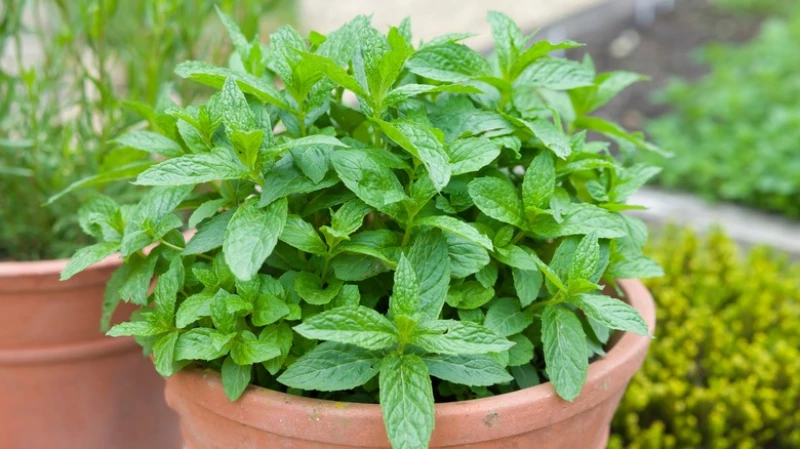
As the only carnivorous plant on this list, the pitcher plant (Nepenthes gracilis) literally eats roaches and other insects that fall prey to the irresistible nectar within. Indoors or out, roaches are attracted to that sweet, sweet smell, climb over the edge of the bloom, and fall in. The steep, slippery sides of these "pitchers" prevent pests from crawling out, while the nectar keeps insects with wings from flying away. While some pitcher plants are hardy to USDA gardening zone 7, most are grown as houseplants. Their ability to attract pests makes them perfect for the kitchen.
Marigold
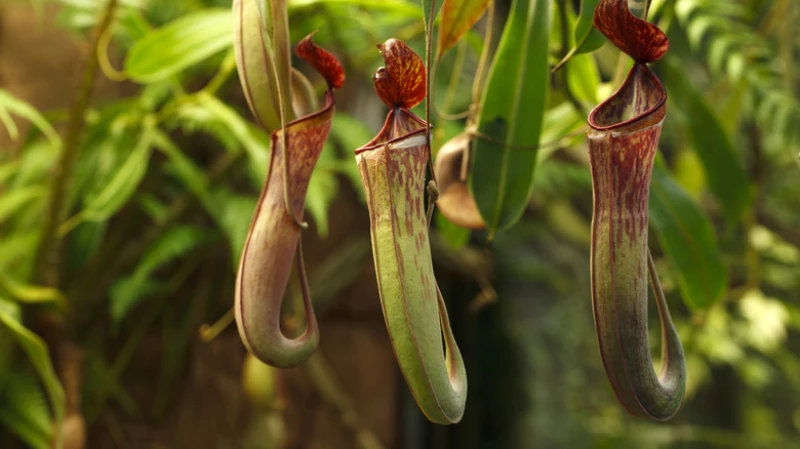
Marigolds (Tagetes patula) are a gorgeous and popular garden annual known for repelling bad bugs. These plants have a distinctively pungent scent, and it's probably not one you'll want to keep inside. However, marigolds are perfect for planting around the exterior of your home in landscaping beds or vegetable gardens. Although they are easy to grow from seed, you can usually find six-packs of plants super cheap at garden centers and plant nurseries in the late spring. Marigolds thrive in full sun, are drought-tolerant, and have no special soil requirements.
Eucalyptus
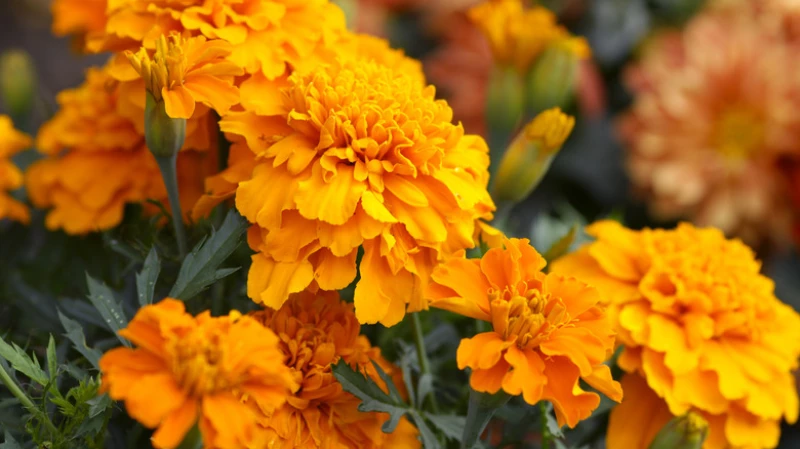
Eucalyptus is a versatile plant that can be grown both indoors and outdoors. It is known for its fresh and invigorating scent, which can help to clear the air and promote relaxation. Eucalyptus plants are relatively easy to care for and can thrive in a variety of soil conditions. They prefer full sun but can also tolerate partial shade. Whether used for its aromatic properties or as a decorative plant, eucalyptus is a great addition to any garden or home.
Plants That Repel Roaches
For many of us, the scent of eucalyptus (Eucalyptus spp.) is engrained in our brains as a scent that helps us breathe more freely. This pleasantly astringent scent is used in showers and medications to help open airways, but that same strong scent can help repel roaches. Eucalyptus is only hardy to USDA zone 7, so most people grow it outdoors as an annual or indoor houseplant. If you have pets, you might want to skip this plant or make sure you place it where dogs and cats cannot access the toxic fresh or dried leaves.
Osage Orange
Also known as a hedge apple, the Osage orange (Maclura pomifera) is native to the central region of the US. These thorny trees produce oddly shaped fruits that are not for eating and are believed to repel a host of insects. This is not a tree you'll want near your home, so if you decide to add this attractive tree to your landscape, place it somewhere the fallen fruits will not be a problem.
Rosemary
Like the other herbs on this list, rosemary (Salvia rosmarinus) is a multipurpose plant. This woody herb grows best in warm climates and is only hardy up to USDA zone 6b, depending on the variety. Like lavender, rosemary grows well in planters that you can bring in over the winter — if you do not want to grow it as an annual in cooler regions. Keep a small plant indoors in a sunny spot, or keep cuttings drying around the kitchen to repel roaches.
Chrysanthemums
Chrysanthemums are not only beautiful flowers, but they also repel roaches. These flowers contain a natural insecticide called pyrethrum, which is commonly used in commercial insect repellents. Plant chrysanthemums in your garden or place potted chrysanthemums around your home to keep roaches away.
Sage
Sage (Salvia officinalis) is a perennial herb that is not only used in cooking but also has pest-repelling properties. Its strong aroma can help deter pests like roaches and mosquitoes. Sage plants are easy to grow and can be planted in gardens or in pots. They are hardy in a wide range of climates, making them a versatile addition to any outdoor space.
Rosemary
Rosemary (Rosmarinus officinalis) is a strongly scented woody herb that can be grown in herb gardens to repel roaches. It is hardy in many areas and can be planted near the foundation to keep roaches from entering through cracks around crawlspaces. Even if you live in a climate where rosemary is not hardy, you can still grow it as an annual or bring it indoors during the colder months. Rosemary is not picky about soil conditions and can thrive in containers or in the ground.
Lavender
Lavender (Lavandula) is another strongly scented woody herb that can repel roaches. It is hardy in many areas and can be planted near the foundation along with rosemary and sage to create a beautiful and aromatic herb garden. If you live in a climate where lavender is not hardy, you can still grow it as an annual or bring it indoors. Lavender prefers well-draining soil and full sun.
Sage
Sage (Salvia officinalis) is the third strongly scented woody herb that can repel roaches. It can be grown in herb gardens near the foundation, along with lavender and rosemary, to create a functional and aromatic space. Even if you live in a climate where lavender and rosemary are not hardy, you can still grow sage as a perennial since some varieties are hardy to USDA zone 4.
Basil
If you're looking for an herb that you can grow indoors year-round, basil (Ocimum basilicum) might be your best bet. This annual herb not only repels roaches but also offers many culinary uses. You can pinch off a leaf here and there to add flavor to your food while it grows indoors. Basil requires a bright, sunny window for indoor growth, but it can also be grown outdoors in containers or in the ground. It is not fussy about soil conditions.
Bay
Bay (Laurus nobilis) is a shrub or small tree that can repel roaches and is hardy in USDA growing zones 8 to 11. It can be grown in landscapes or planters and is easy to prune into attractive shapes, making it both ornamental and useful. If you live in an area with freezing temperatures, you can grow bay in a planter and bring it indoors when the temperatures drop to benefit from its stiff, scented leaves.

